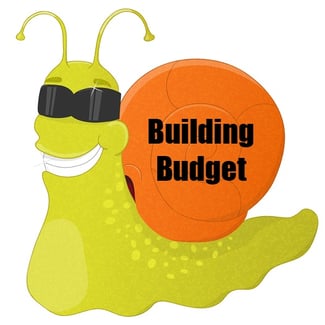 If you’re considering building a custom home in the Poconos—and have never been through the custom homebuilding process—you may have heard tales about homebuilding budgets that blew up and spiraled out of control. For the most part, those tales of exploding budgets are a myth.
If you’re considering building a custom home in the Poconos—and have never been through the custom homebuilding process—you may have heard tales about homebuilding budgets that blew up and spiraled out of control. For the most part, those tales of exploding budgets are a myth.
It’s not that homeowners don’t go over their budgets when building a new home. That really does happen. But most of the time it’s not an explosion. Instead the budget creeps out of control. It happens over a period of time and is usually the result of a series of small events.
Here are some things we’ve observed over our years of building custom homes in the Poconos region. We’re sharing these so that you don’t make the same small mistakes that end up being a big problem.
Not Taking Your Budget Seriously
Some individuals really don’t pay very close attention to the budget they establish for a new home. They look at their budget as a “ballpark” figure—a kind of rough guideline. While it’s true that you need to have a little bit of flexibility in your budget (including a bit of a buffer for unforeseen changes) it’s important to have a realistic budget and to hold to it.
Requesting Dramatic Changes
Making some minor changes to your plans or design is a normal part of the custom homebuilding process. Generally, it’s not that big of a deal. But making dramatic changes (location of walls, significant changes in the size of rooms, changes that require moving plumbing or wiring) after construction starts can really bust your budget. That’s why it’s so important to allow yourself time to talk to your builder before building begins to make sure you’re happy with the plan you have.
“Upgrade-itis”
It’s easy to start making small upgrades to the finishes you have planned for your new home. Considering an upgrade to the carpet you have planned for your bedrooms may not seem like a big deal. After all, going from something that costs $6 per square foot to something that costs $9 per square foot may not seem all that significant. We’re only talking an increase of $3 right? But let’s look at what that really means using our Arden home as an example. With a master bedroom that measures 12’ x 13’ and two bedrooms measuring 11’ x 12’ and 12’ x 11, plus a bonus room that is 11’ x 20’, you’re looking at a total of 640 square feet of carpet. All of a sudden, your $3 increase has added up to an increase of $1,920. That’s not to say that you shouldn’t upgrade. A higher-quality carpet will last longer and may be a better value. But what seems to be a small increase ($3 per square foot) can end up being much more significant.
The Accumulative Effect
This is really an extension of “Upgrade-itis.” You may have the desire to upgrade your wood flooring as well. And what appears as a small increase to upgrade your kitchen cabinets or your countertops or even your kitchen appliances adds up when you look at the accumulative impact on your budget.
Generally speaking, it’s not outrageous spending on luxury items that breaks a homebuilding budget—it’s a lot of smaller decisions that come together (over a period of time) that cause budgets to creep out of control. Again, that doesn’t mean you shouldn’t make any changes or opt for upgrades. But you have to keep an eye on the overall costs and make sure you discuss with the builder how the changes you request will impact your price.







